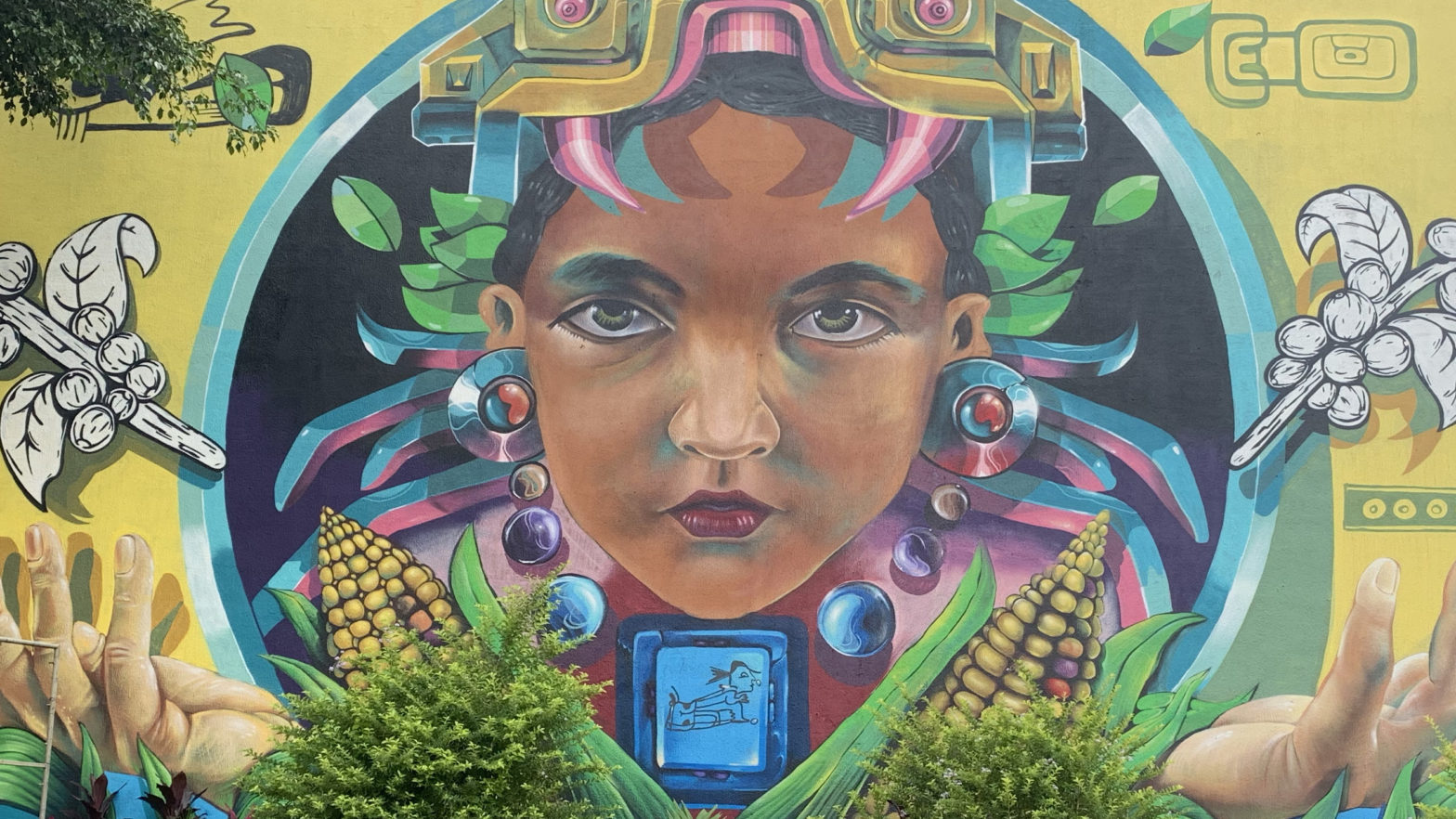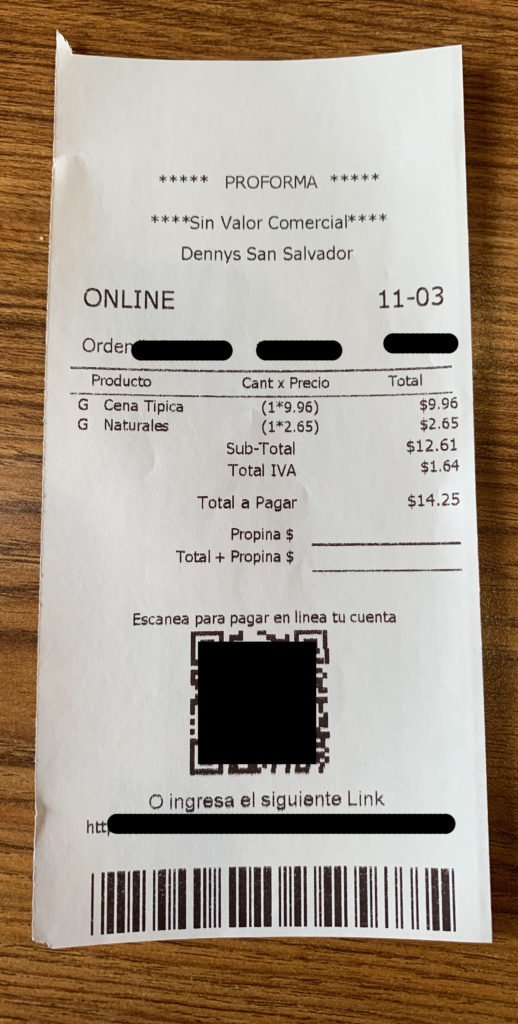I started the day off with a breakfast of huevos revueltos, with tortillas and frijoles refritos, then ventured out into the city.
Starbucks
I decided to head over to Starbucks to get some work done on my laptop and checkout the Bitcoin UX there.
By far, this has been one of the most seamless Bitcoin user experiences I had has thus far.
First, I looked for the “dedicated bitcoiner”. One of the two POS terminals had a Bitcoin sticker on the anti-COVID glass in front of it.
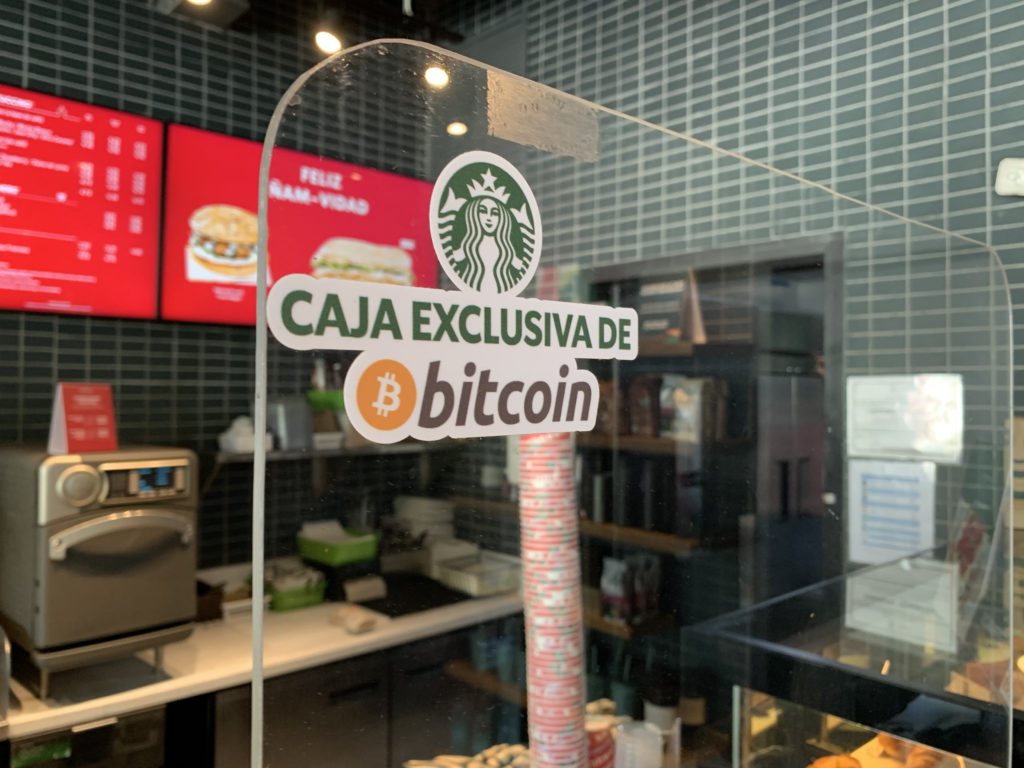
There was a BTC/USD price conversion display below the sticker, on the counter. It shows common dollar amounts converted to BTC and sats.

I approached that POS terminal, ordered una taze de café, and asked to pay with bitcoin. They cashier promptly retrieved a smartphone and used the IBEX Mercado wallet to create a Lightning invoice.

I pulled out Zeus wallet and scanned the QR code. The payment was a little bit slow because my Zeus is connected over TOR to a full node in the USA. However, I estimate the entire payment took 30 seconds at most from the cashier creating the invoice to my node successfully completing the payment.

Zeus sending payment 
Zeus payment success
IBEX Mercado appears to use Lightning as its default. Interesting to note what appears to be a Chivo logo in the info bar at top of the cashier’s UI. They may be running Chivo on the same phone. One person has told me that for merchants running more than wallet, if you look Salvadoreño, the cashier will most likely present you with Chivo; if you look like a foreigner, they will most likely present you with IBEX.
Denny’s
After working on my laptop at Starbucks for a while, I decided to head out and find some lunch. After struggling to find a place that looked just the right low-key setting for lunch, I eventually got hungry and just settled for the Denny’s that was within eye-site.

At the door, I was greeted with a Bitcoin accepted here sign.
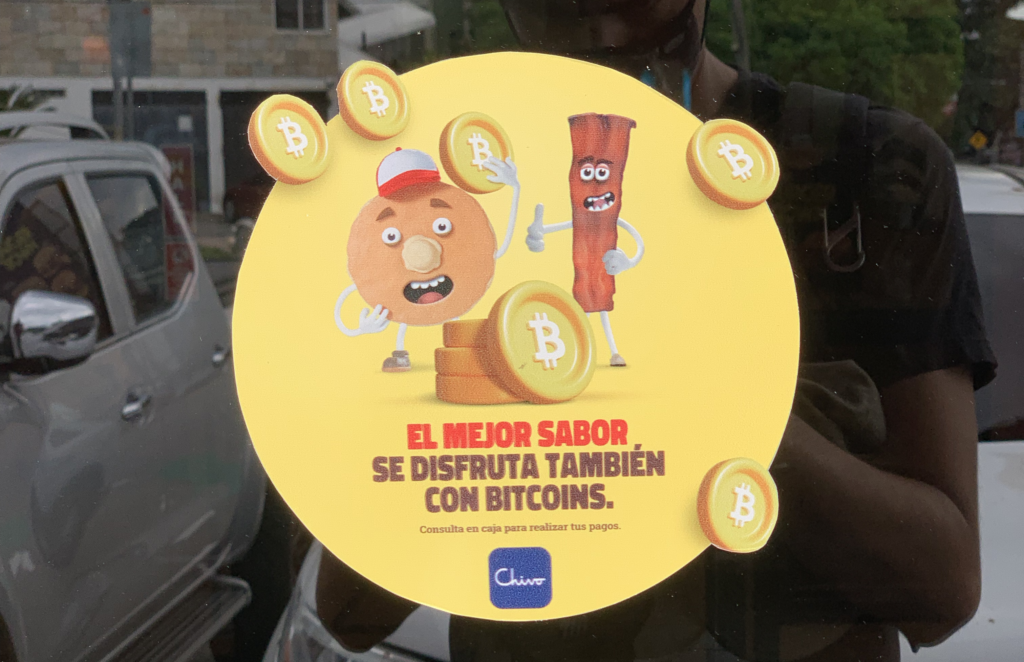
The meal I ate was a combination of what I’m used to at a Denny’s in the USA with more local Salvadoran foods.
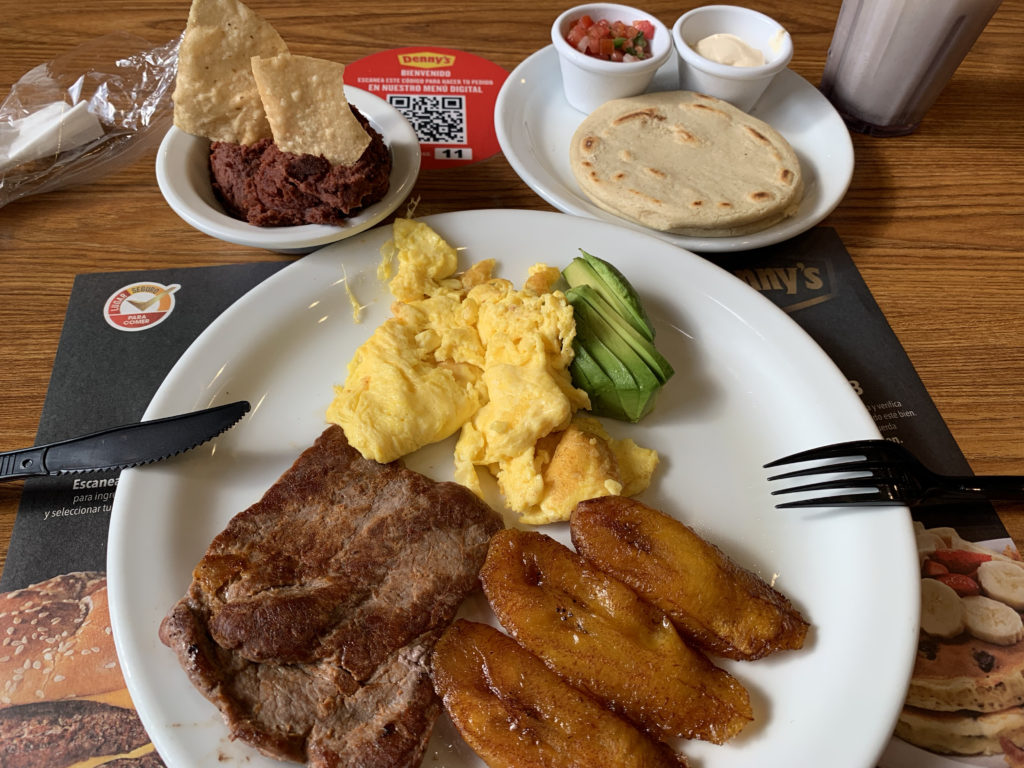
My waiter and I managed to communicate fairly well with my beginner level Spanish for most of my time there, but our communication fell apart when I asked to pay in bitcoin. He said something I didn’t understand; I thought he was gesturing me to follow him to a POS terminal.
I packed my bag and went to go find him; he was printing a receipt for me with a barcode. He told me something else in Spanish and I thought I caught the word banõ, so I assume he was telling me that their dedicated Bitcoin terminal was located near the bathroom.
After a confusing moment scoping out the door to the bathroom, I realized I had misunderstood him; I decided to return to my table and scan the QR code. It took me to some sort of payment website. After navigating very slowly through the Spanish form fields, I finally got to an area where the website demanded credit card details.
Realizing there had been a misunderstanding, I returned to the front of the restaurant where the POS terminal was. I couldn’t find my waiter so I spoke with a young woman and asked in Spanish to pay with bitcoin. She instantly understood me and whipped out a smartphone with Chivo wallet.
It took us both some fiddling to get this payment to work. First, she requested bitcoin. This created a QR code with an on-chain address.
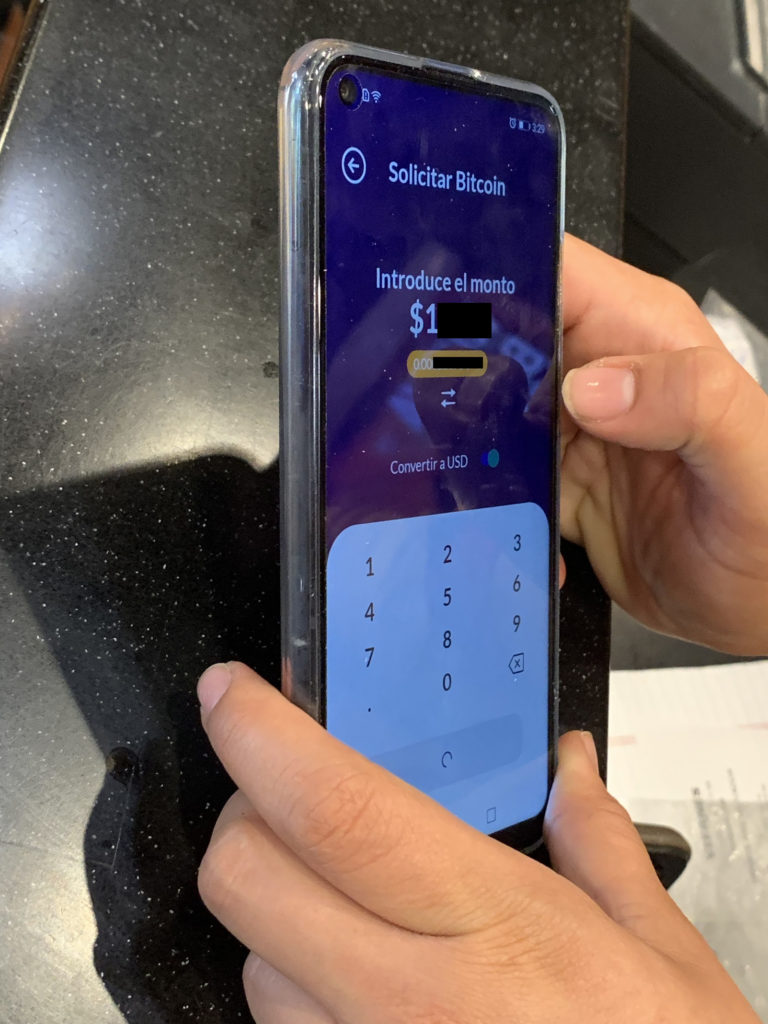
Transaltes to “request bitcoin” 
Translates to “receive in bitcoin”
At first, I didn’t notice the on-chain address listed beneath the QR code, so I assumed it was LN. I scanned it with Zeus. My wallet errored out because it wasn’t a proper LN invoice.
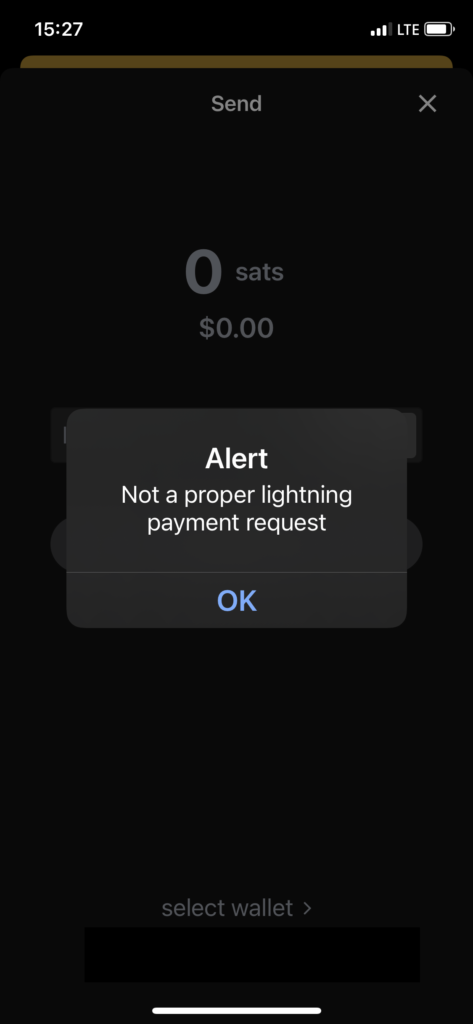
The cashier noticed the error, and decided to switch recreate the payment request for dollars instead of Bitcoin. I will go ahead and point out that I sometimes “play dumb” in these scenarios; I try to put myself in the shoes of a person who has download their first bitcoin wallet and may not understand the difference between on-chain, off-chain, proprietary features like the Chivo dollars transfer.
Having experienced the dollars QR code once before, I knew this wouldn’t be LN or BTC compatible, so I pulled out Strike to see if it (by chance) would work. The “Pay” functionality in Strike is not compatible with Chivo’s dollar QR code, so this seems to be a Chivo only feature.
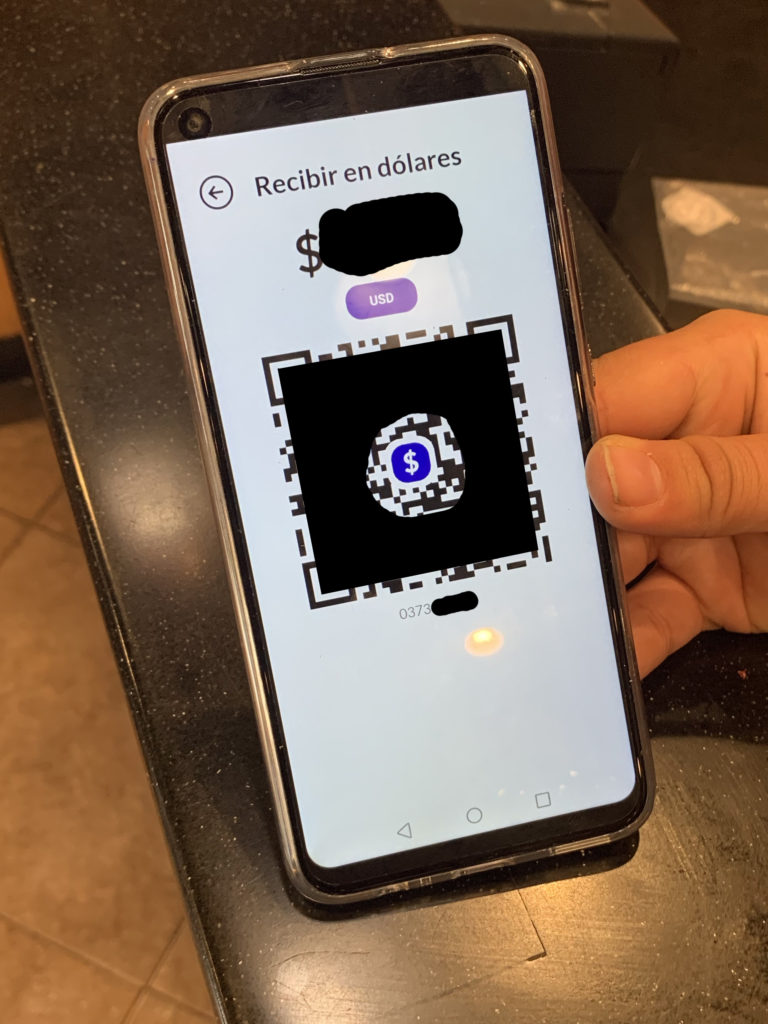
I asked her to switch back to Bitcoin, and she gave me a new on-chain Bitcoin QR code. I was able to scan the Bitcoin QR code in Strike and send the payment.

On-chain QR code 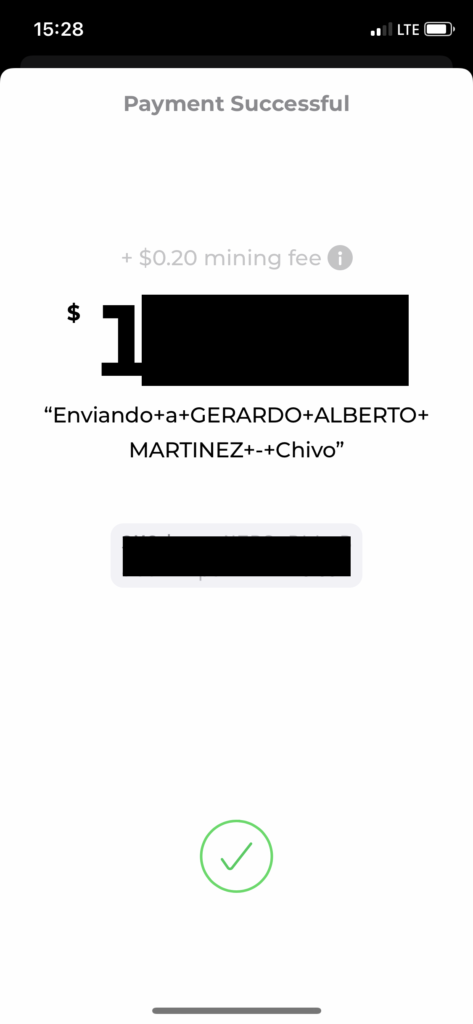
Strike receipt
The payment showed up successful on my phone — however, she had no indication of successful payment within her Chivo app. I pointed this out to her. We puzzled over this. She decided to request bitcoin again. She guided me towards using my Strike app to scan the QR code and click pay a second time.
For the record: this was not a good idea. However, playing the role of a new user, I listened to what she was asking me to do and followed her instructions. I sent her a second payment with Strike, and the same thing happened: I had a receipt of successful payment in my app, but her app showed no sign of payment.
She called over an older woman for help, perhaps a manager. The manager took one finger, swiped down on the app (like you would to refresh your email or Twitter) and my two payments appeared on screen.
They opened the cash drawer and gave me a refund in cash. Why is that? Does Chivo app not offer a “refund” function?
That’s a little frustrating that the Chivo app doesn’t automatically refresh when a payment is pending.
I have noticed that for many businesses, the Chivo app is not tightly integrated with their POS. After they complete the bitcoin payment on their Chivo smartphone or other device, they then have to manually punch something in to the cash register to verify the transaction is completed.
I think the young woman felt fairly frustrated after this experience. It was a time-consuming affair for a somewhat small transaction.
MUNA
I stopped by the Museo Nacional de Antropologica in the afternoon. Like many places, El Salvador has a very complicated history. This is a good place to learn about the many different forces that have shaped the country’s culture over the centuries.
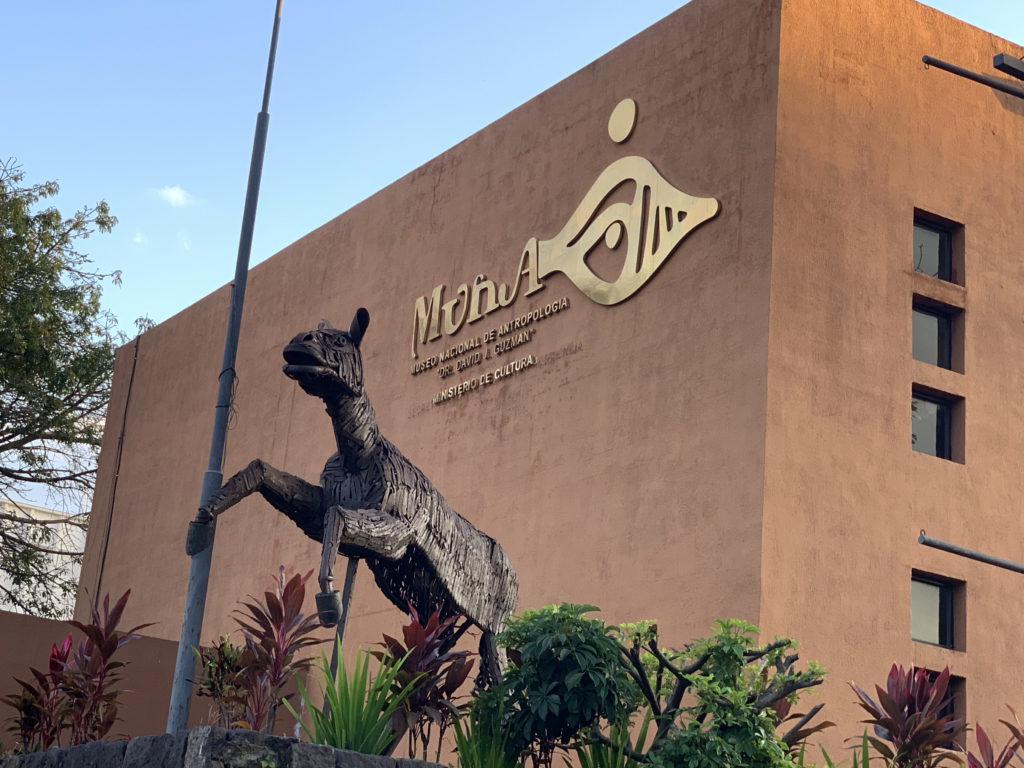
Entrance to MUNA 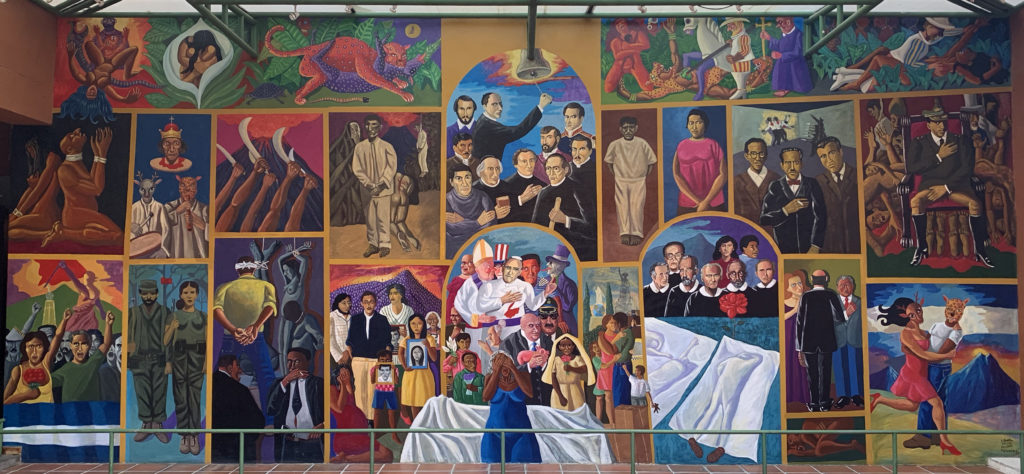
Captivating mural inside of MUNA
Hanging with other Bitcoiners
I hung out with several other Bitcoiners in the evening. Some interesting tidbits I learned:
- There appears to be at least two different versions, the retail version (for individuals) and the business version.
- The Chivo retail version appears to support Lightning, but it must be activated manually via a drop-down in a non-obvious method.
Why is on-chain the default for Chivo? More to learn.
